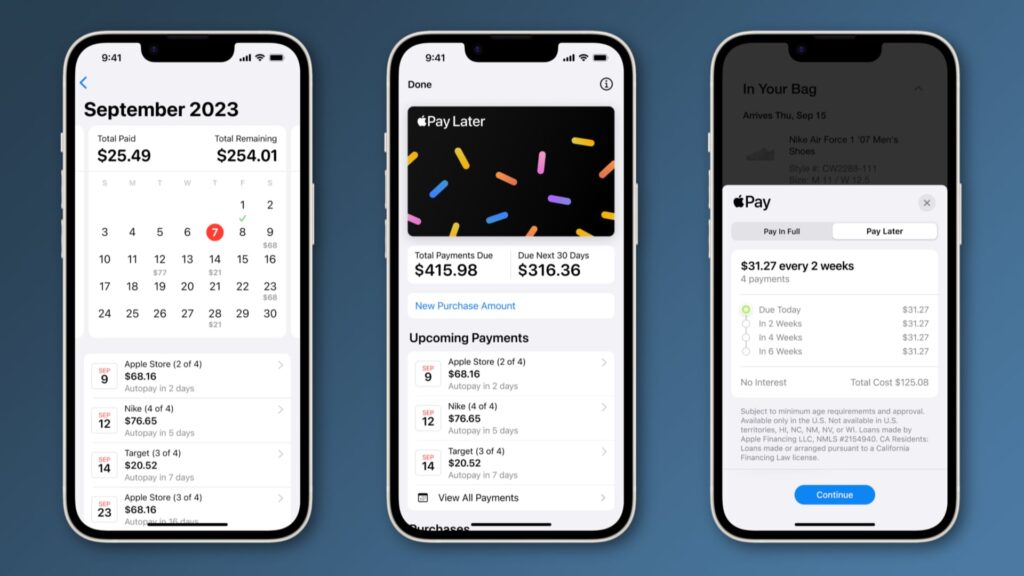Remember when Software-as-a-Service (SaaS) was hailed as the next big thing? It took more than four years for SaaS to capture just 2% of the global enterprise software market. In contrast, generative artificial intelligence (gen AI) hit that same milestone in roughly a year. Looking ahead, gen AI is poised to account for 10% of related spending by 2028, outpacing SaaS by threefold. McKinsey forecasts gen AI will reach between $175 billion to $250 billion by 2027, up from just $15 billion in 2023.
Gen AI: A Disruptive Opportunity or Challenge?
One thing is clear—disruption is on the horizon for the enterprise software sector. A recent survey of 250 chief information officers (CIOs) and technology buyers confirms this, indicating that disruption will bring both significant opportunities and challenges.
For starters, customers are becoming more selective about where they purchase software. This shift is expected to drive a notable rise in vendor switching—by as much as 5 to 10 percentage points, doubling the current rate. New entrants, equipped with knowledge of the technology and bolstered by lower costs for data migration, integration development, and user training, are well-positioned to challenge established players. Additionally, faster software development will allow competitors to replicate products rapidly and affordably.
Every software category will be impacted, though the pace and extent of change will vary. For instance, gen AI-driven automation is already disrupting customer service, with increasingly sophisticated chatbots capable of handling queries. Similarly, enterprise automation will likely transition from legacy robotic process automation (RPA) to more advanced hyper-automation platforms. In areas like Enterprise Resource Management (ERM), the potential to automate workflows and leverage proprietary assets is still emerging. For “expert software,” such as engineering and design tools, gen AI could broaden the user base. Lastly, we may see a wave of business workflow automation driven by “agentic AI,” which mimics human cognitive processes more closely than current models.
This sets the stage for inevitable disruption, but how should industry leaders respond?
Preparing for Disruption
- Act Now, Plan Later
While developing a comprehensive long-term strategy is essential, don’t wait to act. In times of disruption, early movers can capture a disproportionate share of value, while delay could leave established players trailing behind. - Leverage Gen AI for Software Development
This may seem obvious, but mastering it is not. While gen AI’s time-saving benefits are minimal for complex tasks (about 10%), it excels at repetitive tasks and creating initial drafts of code. In fact, some routine coding tasks can be completed twice as fast with gen AI. To get the most out of it, software companies must rethink everything— from training and coaching to selecting use cases and implementing risk controls. - Think Creatively
It’s vital to take a broad, long-term view of how gen AI will reshape software categories. As the use cases for gen AI expand and revenues rise, it’s crucial to consider the implications on customer needs, new business opportunities, and investments. Research and development must keep pace with these changes to capitalize on the rapid growth of gen AI.
Conclusion
Ultimately, remember that gen AI is a team effort. Its value will come from new pricing structures, hiring norms, and understanding how to leverage proprietary data to meet evolving customer demands. The entire organization, from the CEO to every department, must be involved in its implementation.
But the impact of gen AI won’t be limited to just the software sector. It’s already transforming industries like fashion and finance. McKinsey’s analysis from last year estimated that gen AI could generate up to $4.4 trillion annually in global added value. Since then, adoption has accelerated across more markets, industries, and applications.
In enterprise software, gen AI could increase overall growth rates by up to six percentage points in the next few years. However, realizing this potential requires a patient, systematic, and agile approach to harness the full value of gen AI.
Interested in learning how to value your AI business? Check out this complete guide and dive deeper into the AI industry outlook in the 2024 Market Reports by FE International.


